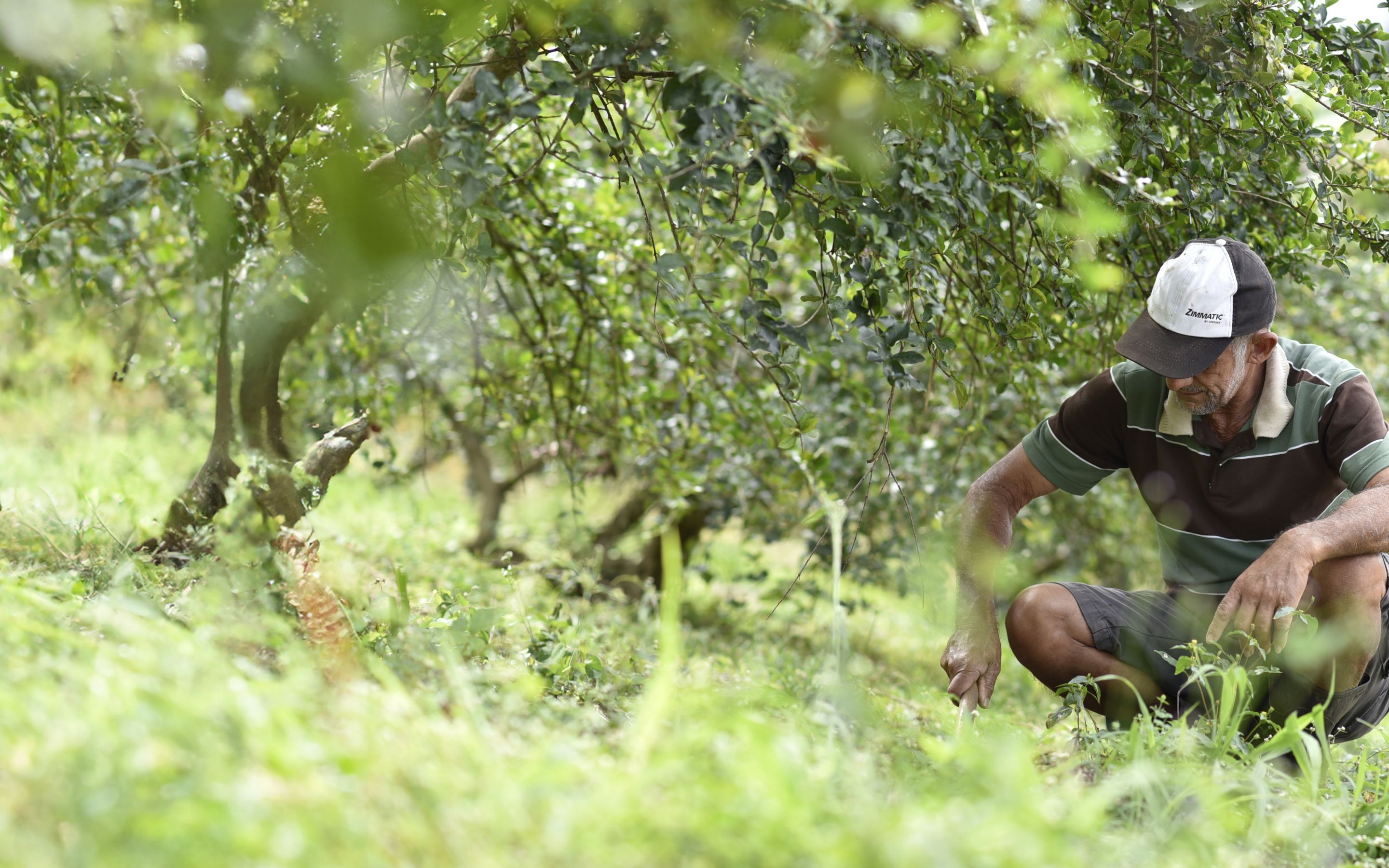We use cookies to provide you with the best possible experience. They also allow us to analyze user behavior in order to constantly improve the website for you. Privacy Policy

Making sustainability measurable
Through the introduction of the EU Taxonomy, the European Union has classified environmentally sustainable business activities. Beginning in 2023, companies must demonstrate how they will incorporate six environmental goals into such areas as their capital expenditures or production technologies. Because Symrise’s business model is sustainably structured per se, the Group must report and audit only a small portion of its activities. The company is well prepared for this work.
The European Green Deal is designed to make the EU the world’s first net zero economic region by 2050. The EU Taxonomy is an important aspect of this plan. This uniform classification system is aimed at channeling private and public investments in a way that will finance the transformation to a sustainable economy. The taxonomy is designed to answer many questions: What does sustainability mean in a commercial context – and what does it not mean? Or: How can a company’s own activities be assessed to determine which investments are sustainable? Symrise has posed these questions to itself – and found answers: “The EU Taxonomy contains precise definitions and a specific roadmap that shows how the economy in Europe can become more sustainable,” says Bernhard Kott, the Chief Sustainability Officer at Symrise.
The EU has defined six overarching environmental goals to structure the process:
- Climate protection
- Climate change adaption
- Sustainable use and protection of water and marine resources
- Transition to a circular economy
- Pollution prevention and control
- Protection and restoration of biodiversity and ecosystems
The environmental taxonomy will be followed in the future by a social taxonomy that will include objectives in such areas as education and health. Aspects of good company management are to be integrated as well. “At this point, all of our sustainability issues that we summarize under the pillars of footprint, sourcing, innovation and care will be covered by the taxonomy,” Bernhard Kott says.
Taxonomy-eligible versus taxonomy-aligned
The EU Taxonomy breaks down its six environmental goals into 16 segments that comprise a total of 230 activities. To meet the requirements, companies must carry out two different tasks per activity. They initially must identify the taxonomy-eligible commercial activities that affect them. Taxonomy-eligible means that an activity has the potential to help achieve one of the six environmental goals. A company must then determine whether this activity is actually taxonomy-aligned, that is, if it is environmentally sustainable on the basis of the criteria. To be considered sustainable, they must apply three central principles:
- Significant contribution: Companies must make a significant and measurable contribution to at least one of the environmental targets based on predefined technical criteria.
- No damage: The principle of do no significant harm has been introduced to ensure that none of the goals has a negative impact on any of the five other objectives. For instance, climate protection measures should not have a harmful effect on biodiversity.
- Minimum social standards: Even before the social taxonomy is adopted, companies should ensure that the taxonomy-eligible activities do not violate any minimum social standards – such as the OECD Guidelines for Multinational Enterprises or the U.N. Guiding Principles on Business and Human Rights.
Integration of the EU taxonomy and results
The policy classifies only those activities that have the potential to make the greatest contribution to the six EU environmental targets. For Symrise, this means that only 2 % of sales and 9 % of investments are taxonomy-eligible. The difference between taxonomy-eligible and taxonomy-aligned is much more important. “A small difference between the two indicates that a business or investment activity has a comparatively high degree of environmental compatibility,” Bernhard Kott says. At Symrise, the difference is relatively small. In fiscal year 2023, it was about 2 % of annual sales at Symrise that were taxonomy-eligible and -aligned. Of capital expenditures (CapEx), 9 % were taxonomy-eligible and 3 % taxonomy-aligned.
The key reason for the good performance is that Symrise applies high standards. For instance, its environmental management system applies the standard ISO 14001. With SMETA, the company uses an audit standard of the Sedex organization to demonstrate its compliance with requirements regarding human rights, the environment, health, occupational health and safety and business ethics. To ensure that things remain this way, Symrise has included taxonomy-relevant requirements in the global CapEx tool. “Sustainability is an important issue in every financing activity,” Bernhard Kott says. He adds that about 200 Group employees around the world have been trained in taxonomy-related tasks.
Impulse for more sustainability
For Symrise, the EU Taxonomy is a time-consuming, but profitable responsibility. “We are very transparent about our sustainability activities,” Bernhard Kott says. “We have been reporting on the basis of all relevant standards for more than 10 years now. We view these standards as both a guideline and a textbook.” As a result, Kott welcomes the EU Taxonomy that much more because it facilitates uniform standards. “For many years, experts have complained about the lack of clear definitions for sustainable action,” Kott says. “We now have comparability. Greenwashing is more difficult – and good sustainability performance has become more visible. For this reason, we do not view the EU Taxonomy as an obligation or burden. Rather, we want to use it as a way to become more and more sustainable.”
| Taxonomy-eligible share | Taxonomy-aligned share | |
|---|---|---|
| Sales | 2 % | 2 % |
| Capital expenditure (CapEx) | 9 % | 3 % |